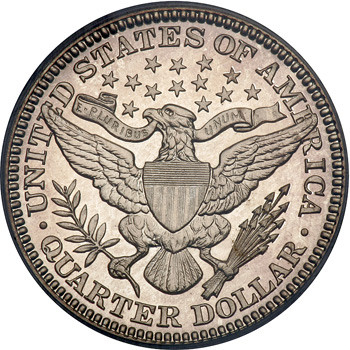How do you write fractions with a common denominator?
1 Answer
To write fractions with a common denominator, you will most likely need to scale some numbers up! I will explain how.
Let's try it with the fractions
12 is larger than 3, so we will have to multiply the 3 by some number to equal 12. (We are really finding the Least Common Multiple of the two denominators!) To do this, you have to multiply the 3 by 4, because 3x4=12. But now the numerator doesn't match the denominator. When you scale the denominator up, you have to scale the numerator up too! So the 2 must be multiplied by 4 also.
Now you have the following:
These fractions now have common denominators! Now they're all set for adding or subtracting fractions.
Try another:
Transform each fraction by multiplying by "1":
One last problem:
Hope this helped!


